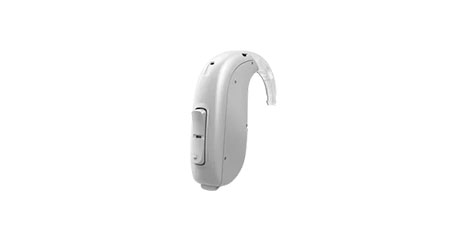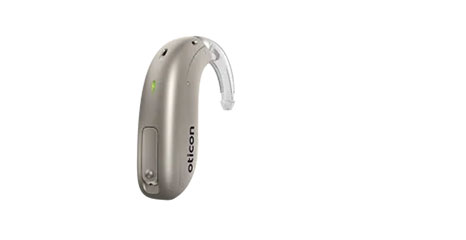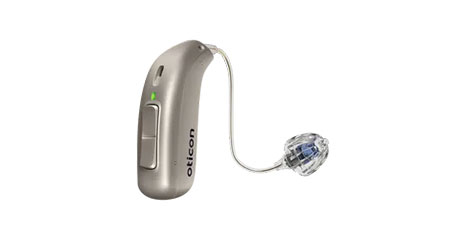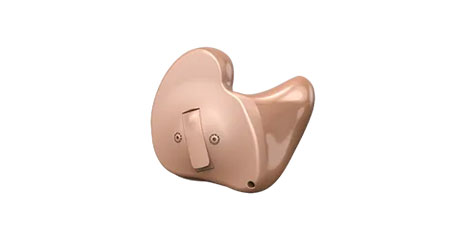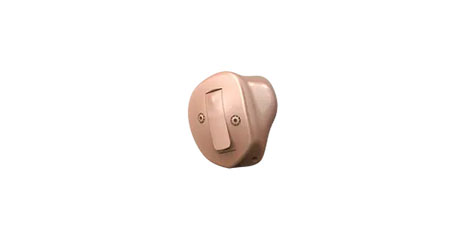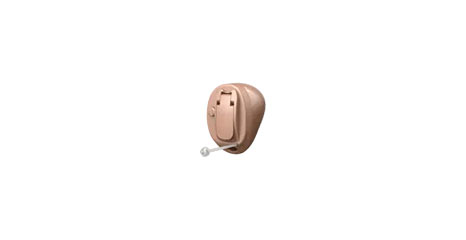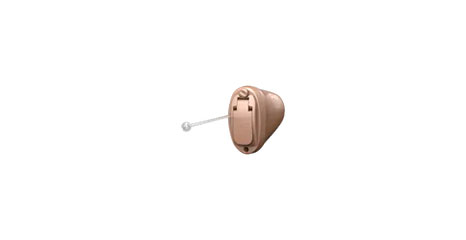The Basics
Hearing aids come in two basic styles: those that fit in the ear and those that sit behind the ear.
- In-the-ear hearing aids require impressions of your ears for a customized fit and have the electronics built into the custom made shell. They range in size from the tiny completely-in-the-canal (CIC) which sits deeply in your ear canal, to the larger standard ITE which a full-shell that fills the entire bowl of the ear.
- Behind-the-ear (BTE) aids have the electronics built into a small case that fits behind your ear and sends the sound to your ear canal by a tube or wire. Because the case doesn't have to fit inside your ear canal, BTE's generally have more features than ITE's and are easier to adjust.
- A third style of hearing instruments, called a Remote Microphone (RM) hearing aid, is sometimes referred to as "the best of both worlds". The RM design is unique because the microphone is placed at the end of a flexible tube, which is then tucked securely in the outer portion of the ear. The rest of the instrument is inserted into the ear like a conventional CIC design. By combining the benefits of the behind-the-ear (BTE) and in-the-ear (ITE) styles, the RM offers a comfortable fit, is virtually invisible and offers maximum noise suppression.
Today's hearing aids come in a variety of sizes, styles and colors so you can choose one that best fits your hearing needs and you feel confident wearing.
Other Factors to Consider
- Anatomy – the shape and size of the outer ear and ear canal may determine which type of hearing instrument you can wear.
- Your manual dexterity – some styles are easier to handle, insert and clean than others.
- Type and degree of hearing loss – individual variations in hearing loss can pose unique challenges and require different types of amplification.
- Your lifestyle – it's important to consider your favorite activities and the environment you spend most of your time in.

